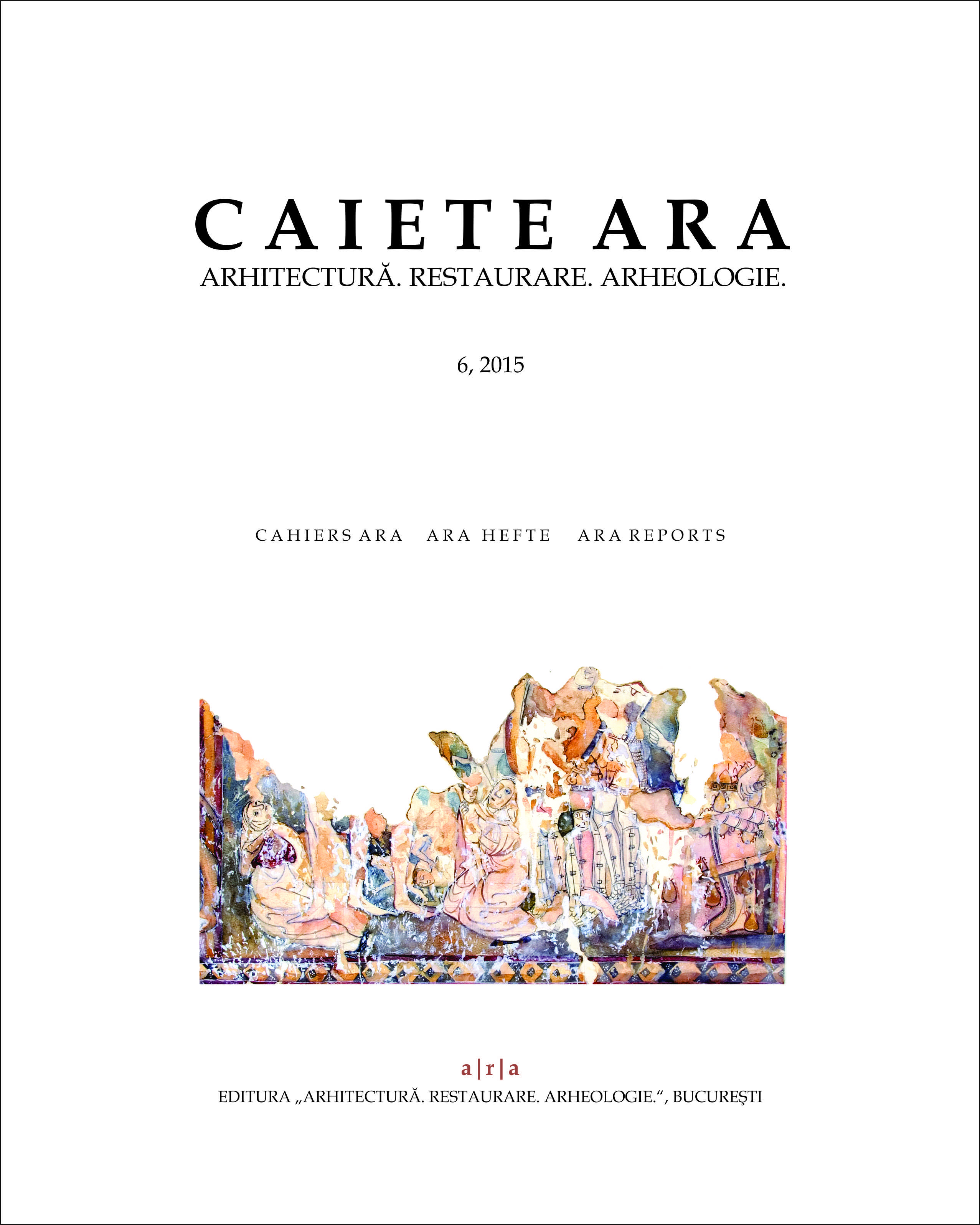André-Emile Lecomte du Noüy: medieval architecture at the beginning of Romanian modernity
André-Emile Lecomte du Noüy: medieval architecture at the beginning of Romanian modernity
Author(s): Horia MoldovanSubject(s): Architecture, 19th Century
Published by: Editura "Arhitectură. Restaurare. Arheologie"
Keywords: André-Emile Lecomte du Noüy; nineteenth century architecture; restoration; medieval Romanian monuments; Cathedral Church at Curtea de Argeş; Church of Trei Ierarhi Monastery in Iaşi; Sf. Dumitru;
Summary/Abstract: André-Emile Lecomte du Noüy’s name occurs frequently in the Romanian architectural historiography, becoming famous for his involvement in the restoration or reconstruction works for some of the most representative Romanian medieval monuments, as well as in new projects. Despite the large number of controversies generated by his work - most of which was conducted under the patronage of King Carol I – and the abundant documentary evidence available, one century after his death Lecomte du Noüy continues to be a controversial character. His work also remains just as controversial, so much discussed upon but still lacking a comprehensive and thorough study, based on the preserved primary sources rather than on the large number of opinions or interpretations, often jaundiced, mainly focused on his restoration and reconstruction works. Suspected of having purloined some heritage values, criticised for his artistic ambitions for the sake of which he overrode invaluable monuments of the Romanian medieval history, Lecomte du Noüy enjoyed however the appraisal of some of the most prominent personalities of the time; the study of his activity is thus a requisite for completing the perspective of a history upon which the 19th century left a deep and often beneficial footprint. Lecomte du Noüy’s drawings, surveys and plans of the projects or photographs, selectively published in articles or synthesis papers, continue to be a very valuable material, from at least three points of view: for documenting some of the most important old Romanian architectural works, for understanding the inception of modern restoration practices at the turn of the 20th century and, last but not least, for the role that his reconstruction works played in the modern development of Romanian Orthodox religious architecture.
Journal: Caiete ARA
- Issue Year: 2015
- Issue No: 6
- Page Range: 155-174
- Page Count: 20
- Language: English
- Content File-PDF

